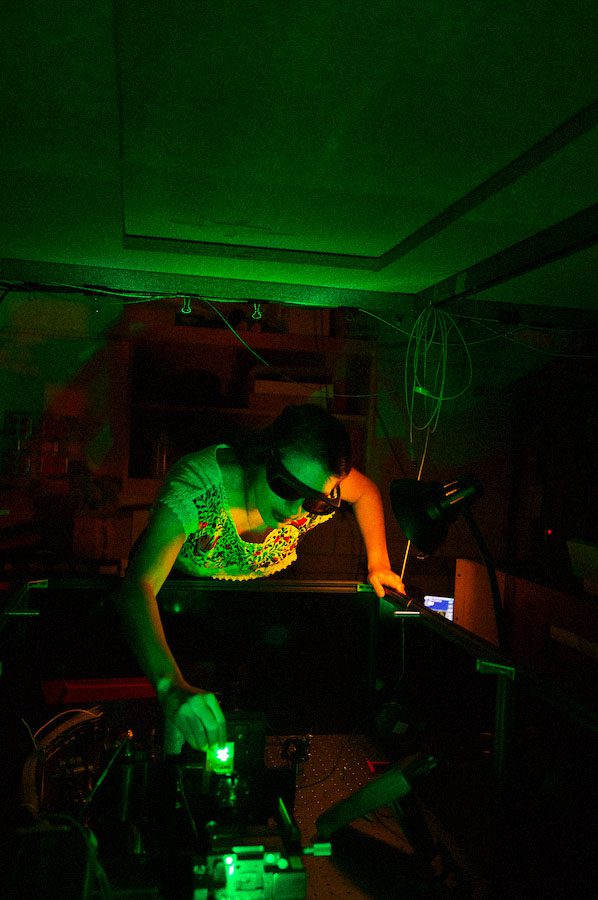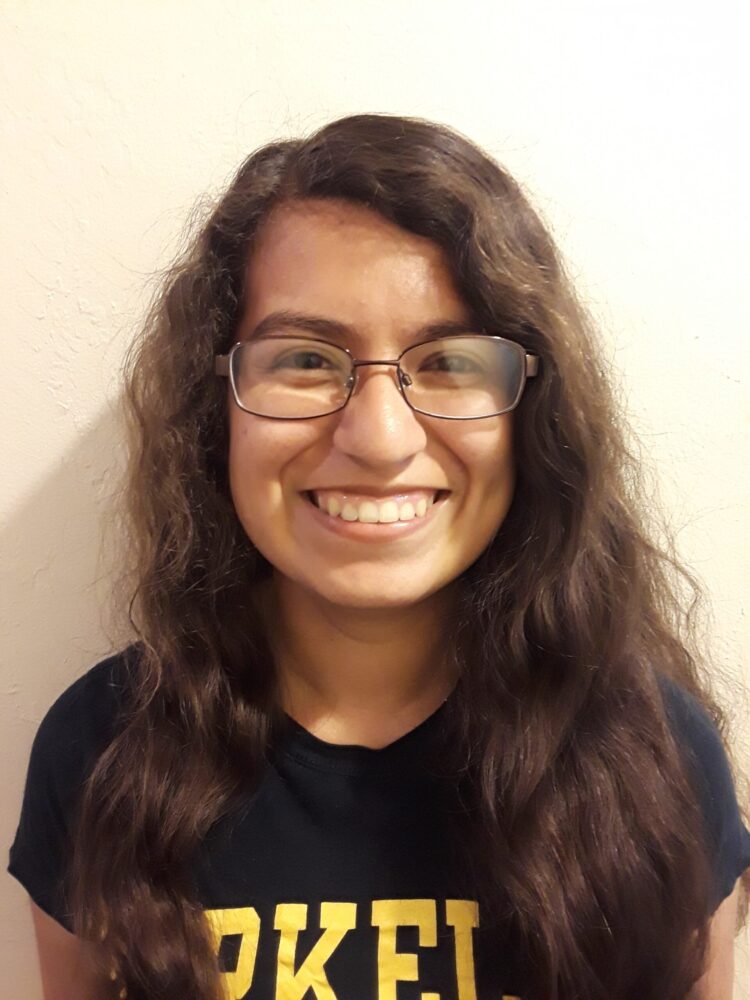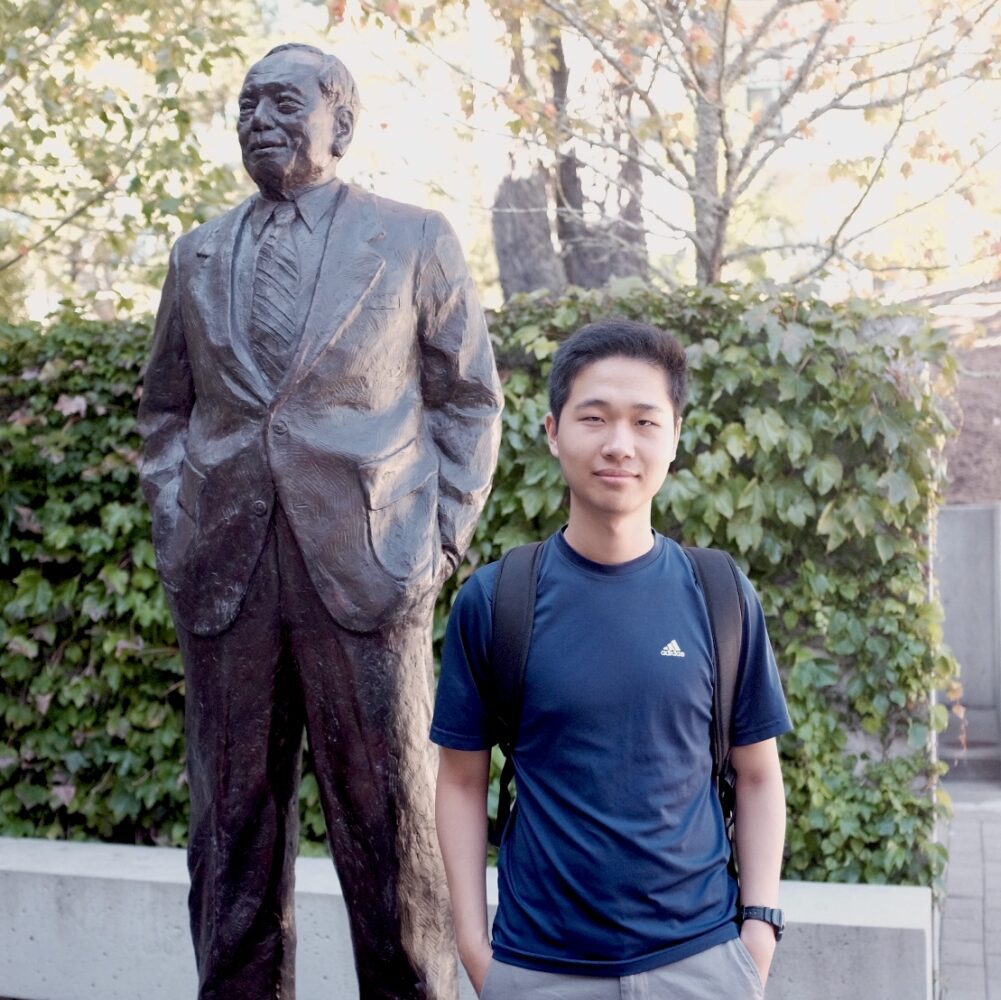Nicholas Fujii

One crucial topic in ecology is understanding how animals respond to environmental pressures. My research aims to study the behavioral ecology of animal defenses in an evolutionary biology framework. Specifically, this project focuses on voluntary release of legs by arachnids. Although beneficial in the short term, this behavior can carry important negative consequences in the locomotion, physiology, and behavior of animals. Daddy long-legs are ideal for this research because of their unique morphology and behavior. Their accessibility also offers the possibility of performing extensive fieldwork and laboratory experiments in the […]
Keto, De Zhang

Type Ia supernovae (SNe Ia) are generally thought to be the thermonuclear disruption of a carbon-oxygen white-dwarf star, but their formation scenarios and exact progenitor systems are still ambiguous. SNe Ia are used as standardizable candles used for measuring distances in the universe. Famously, SNe Ia are being used to determine the acceleration at which the universe is expanding (i.e., Hubble constant). Knowing more about the formation and progenitor of SNe Ia may help correct some assumptions made when using SNe Ia to measure distances. The photospheric velocity of SNe […]
Nikhil Sahoo

In our research, we will use toric geometry to study the cohomological structure of complex Grassmannians. The cohomology ring of a Grassmannian varieties is described by the Littlewood-Richardson rule. One of the main open questions in Schubert calculus concerns the generalization of the Littlewood-Richardson rule to flag varieties. Such a generalization is highly desirable, because it is a manifestly positive formula that can be applied to other areas: in algebraic geometry, it helps describe complicated intersections; in representation theory, it helps to find irreducible, direct-sum decompositions of tensor products; in […]
Dalila Robledo

The experiment that I will be working on this summer is currently being set up to prepare lithium-rubidium ultracold molecules. Ultracold molecules are those whose kinetic temperature as a measure of their velocity distribution is close to zero Kelvin, the regime where quantum effects of matter dominate. An interesting property of this particular molecule is its intrinsically large permanent dipole moment, which allows it to strongly interact with neighboring molecules. Strong tunable interactions allow for the realization of quantum entangling operations, so understanding and controlling molecular systems contributes to both […]
Jasmine Larrick

A hallmark of severe dengue virus (DENV) infection is vascular leak. DENV non-structural protein 1 (NS1) directly triggers endothelial hyperpermeability and vascular leak via disruption of the endothelial glycocalyx layer (EGL). The EGL is a matrix of glycoproteins and membrane-bound proteoglycans lining the vascular endothelium, playing a protective role in maintaining endothelial barrier integrity. DENV NS1 binds to the endothelial cell surface through interactions with surface glycosaminoglycans (GAGs), such as heparan sulfate or chondroitin sulfate. However, the specific amino acid residues responsible for conferring cell binding specificity of various flavivirus […]
Shea Khyeam

Although animals such as zebrafish and newborn mice retain the ability to regenerate the heart post-injury, adult mammalians have largely lost this cardiac regenerative capacity. Consequently, a patient will irreversibly lose as many as a billion cardiomyocytes following a heart attack and suffer from permanently reduced cardiac function. Today, nearly five million Americans live with heart failurethis underscores the significance of our inability to regenerate myocardial tissue. Most mammalian cardiomyocytes lose their proliferative and regenerative abilities because they undergo binucleation, terminal differentiation, and permanent withdrawal from the cell cycle postnatally. […]
Danielle Diaz

The ability to measure vibrations is a vital engineering problem. From measuring pulse for health diagnostics to sensing pressure on a touch screen for a smart phone, the applications vary far and wide. In our group we study the use of polymer-based devices called piezoelectrets to measure pressure signals for a variety of applications. Our microfabricated polymer approach yields superior flexibility, piezoelectric coefficients, and costeffectiveness when compared to traditional ceramic material competitors. The devices themselves also vary in material composition and geometry depending on the application. In this project we […]
Diego A Pea

Laser cooling and trapping consists of using lights momentum to slow down and eventually confine atoms to small regions of space using light and magnetic fields. These techniques have been demonstrated with many elements in the periodic table, yet most transition metals are still to be addressed. A current effort in the Stamper-Kurn group seeks to implement laser cooling on titanium, eventually trapping and cooling it to quantum degeneracy. Cooling titanium requires that atoms exist in the a5F5 metastable state, an atomic internal state with energy higher than the ground […]
Nikolay Velkov

Laboratory seismology uses a scale-model approach to complement the wealth of research on in situ earthquakes that cannot be observed directly. A simple mechanical system applies shear stress to two blocks with a roughened interface, such that it produces stick-slip behavior with energy signatures matching in situ earthquakes. Lab scale seismic sensors allow us to apply typical seismological analyses. Additional instruments provide measurements not available in the field, which are used to expand our understanding of the underlying processes as well as the results and limits of the seismological methods.
Andy Zhang

In our research, we will use toric geometry to study the cohomological structure of complex Grassmannians. The cohomology ring of a Grassmannian varieties is described by the Littlewood-Richardson rule. One of the main open questions in Schubert calculus concerns the generalization of the Littlewood-Richardson rule to flag varieties. Such a generalization is highly desirable, because it is a manifestly positive formula that can be applied to other areas: in algebraic geometry, it helps describe complicated intersections; in representation theory, it helps to find irreducible, direct-sum decompositions of tensor products; in […]